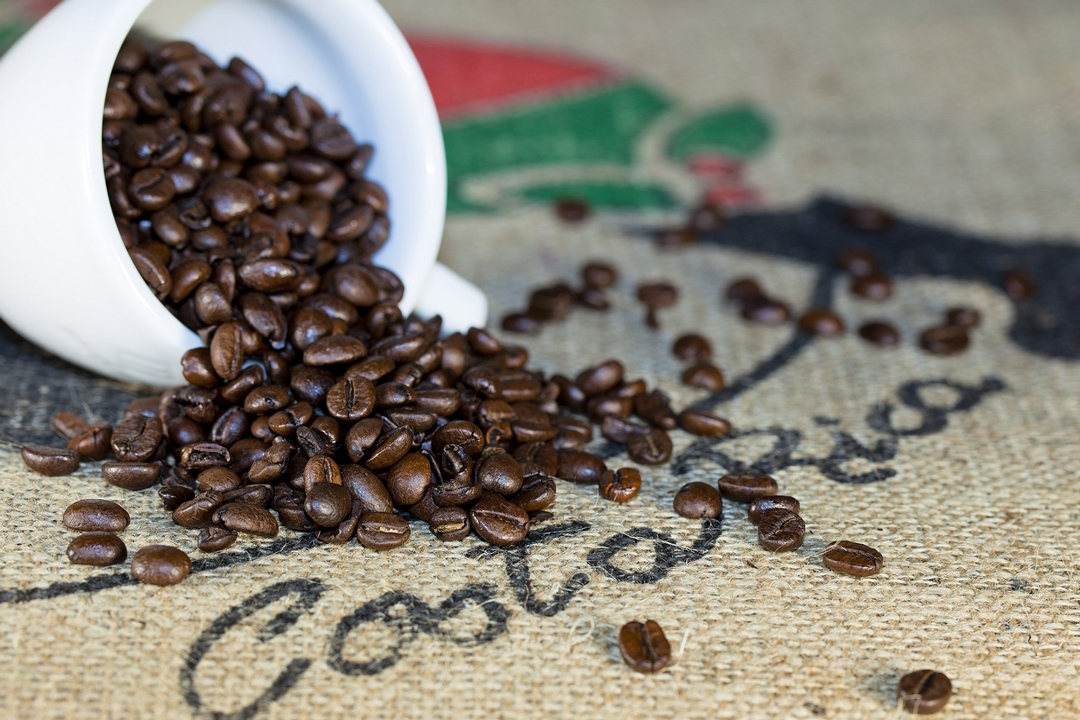Brief introduction of cultivation process and Flavor of Coffee beans in Kenya

Professional coffee knowledge exchange more coffee bean information please follow the coffee workshop (Wechat official account cafe_style)
Coffee beans in Africa and Arabia have rich fruit juice flavors, ranging from floral and citrus to berries and spices.
Coffee from this region also uses "washing": processing coffee beans, including Ethiopia and Kenya, where humans first encountered coffee magic. Drinking coffee has been a part of Ethiopian life for centuries. Well-designed coffee rituals, including roasting, grinding and brewing coffee, are still the pillars of social life today. Coffee beans are packed in a metal plate and carefully roasted on hot coal; water is heated in a pottery coffee pot called JABENA. After baking, grind the coffee beans with a simple tool like a pestle, and then cook them. The whole ceremony lasted more than an hour, and several coffees were served in a small hand-painted cup for everyone to enjoy. Kenyan coffee is grown around the Kenyan mountains, the second highest mountain in Africa, and the coffee tree is three meters high. Some of the world's best coffee is grown between Mount Kenya and the capital city of Nairobi, accounting for 85% or more of Kenya's annual coffee harvest, with the rest grown in western Kenya, the Great Rift Valley and the Tita region.
Coffee trees in Kenya are mostly planted at 1400 m-2000 m above sea level, and the growing areas include Ruiri, Thika, Kirinyaga and Mt. Kenya West, Nyeri, Kiambu and Muranga. Mainly in the foothills of Mt.Kenya and Aberdare. There are many producing areas in Kenya that strive to preserve the native forest ecosystem, protect the natural gene pool, support the reproduction of wild coffee varieties and breed a variety of coffee trees. A bourbon line screened and cultivated by French and British missionaries and researchers in Kenya at the beginning of the 20th century. Over the past hundred years, it has adapted to the high concentration of phosphate soil in Kenya, giving birth to the special sour and fragrant spirit of Kenyan beans, which is different from bourbon beans in Central and South America. This Kenyan native species was created by Scott Laboratories in 1930, known as SL for short. Agronomists wanted to find a kind of bourbon with high yield and resistance to diseases and insect pests, and obtained SL28 through experiments. SL28 is a genetic variant with a mixed pedigree of French missionaries, mochas and Yementibica. The original goal of breeding SL28 was to mass-produce coffee beans with high quality and resistance to diseases and insect pests. Although the output of SL28 was not as large as expected, the copper leaf color and broad bean-shaped beans have great sweetness, balance and complex flavor, as well as remarkable citrus and black plum characteristics. This important variety leads us to the unique Kenyan style: strong acidity, rich taste and beautiful balance. Kenya AA is one of them.
AA is a class name for the currency of raw coffee beans. The grade of raw coffee beans is generally AA,A,B,C, which mainly refers to the size of coffee beans. AA refers to coffee beans with larger particles, and coffee beans with particles of more than 17 mesh (17 mesh = 6.75MM).
SL28 is a delicious variety, suitable for growing in the middle and high altitude areas where leaf rust is not serious. It can produce 1.8 tons of raw beans per hectare and drink the charming sour plum flavor to reflect the national treasure of Kenya.

Important Notice :
前街咖啡 FrontStreet Coffee has moved to new addredd:
FrontStreet Coffee Address: 315,Donghua East Road,GuangZhou
Tel:020 38364473
- Prev

The Origin of Katim varieties description of the Flavor of Katim in Baoshan, Yunnan
Professional coffee knowledge exchange more coffee bean information please follow Coffee Workshop (Wechat official account cafe_style) Catimor: in 1959, the Portuguese mixed Brazil Kaddura and Timo to cultivate a disease-resistant Katim / Katimo, which is now an important variety of commercial beans. Yunnan small grain coffee is a 3-year-old 4-year-old fruiting tree. Coffee is a kind of short-day sunshine
- Next

[introduction of Coffee Origin] A brief history of the development of high-quality coffee in Costa Rica
Professional coffee knowledge exchange more coffee bean information Please follow the coffee workshop (Wechat official account cafe_style) in the domestic individual coffee consumption market, coffee from Costa Rica has been very popular with guests. The editor once thought carefully why she could break out from other individual coffee and become one of the famous representatives of Central American coffee: coffee with rich flavor and excellent quality.
Related
- Detailed explanation of Jadeite planting Land in Panamanian Jadeite Manor introduction to the grading system of Jadeite competitive bidding, Red bid, Green bid and Rose Summer
- Story of Coffee planting in Brenka region of Costa Rica Stonehenge Manor anaerobic heavy honey treatment of flavor mouth
- What's on the barrel of Blue Mountain Coffee beans?
- Can American coffee also pull flowers? How to use hot American style to pull out a good-looking pattern?
- Can you make a cold extract with coffee beans? What is the right proportion for cold-extracted coffee formula?
- Indonesian PWN Gold Mandrine Coffee Origin Features Flavor How to Chong? Mandolin coffee is American.
- A brief introduction to the flavor characteristics of Brazilian yellow bourbon coffee beans
- What is the effect of different water quality on the flavor of cold-extracted coffee? What kind of water is best for brewing coffee?
- Why do you think of Rose Summer whenever you mention Panamanian coffee?
- Introduction to the characteristics of authentic blue mountain coffee bean producing areas? What is the CIB Coffee Authority in Jamaica?

